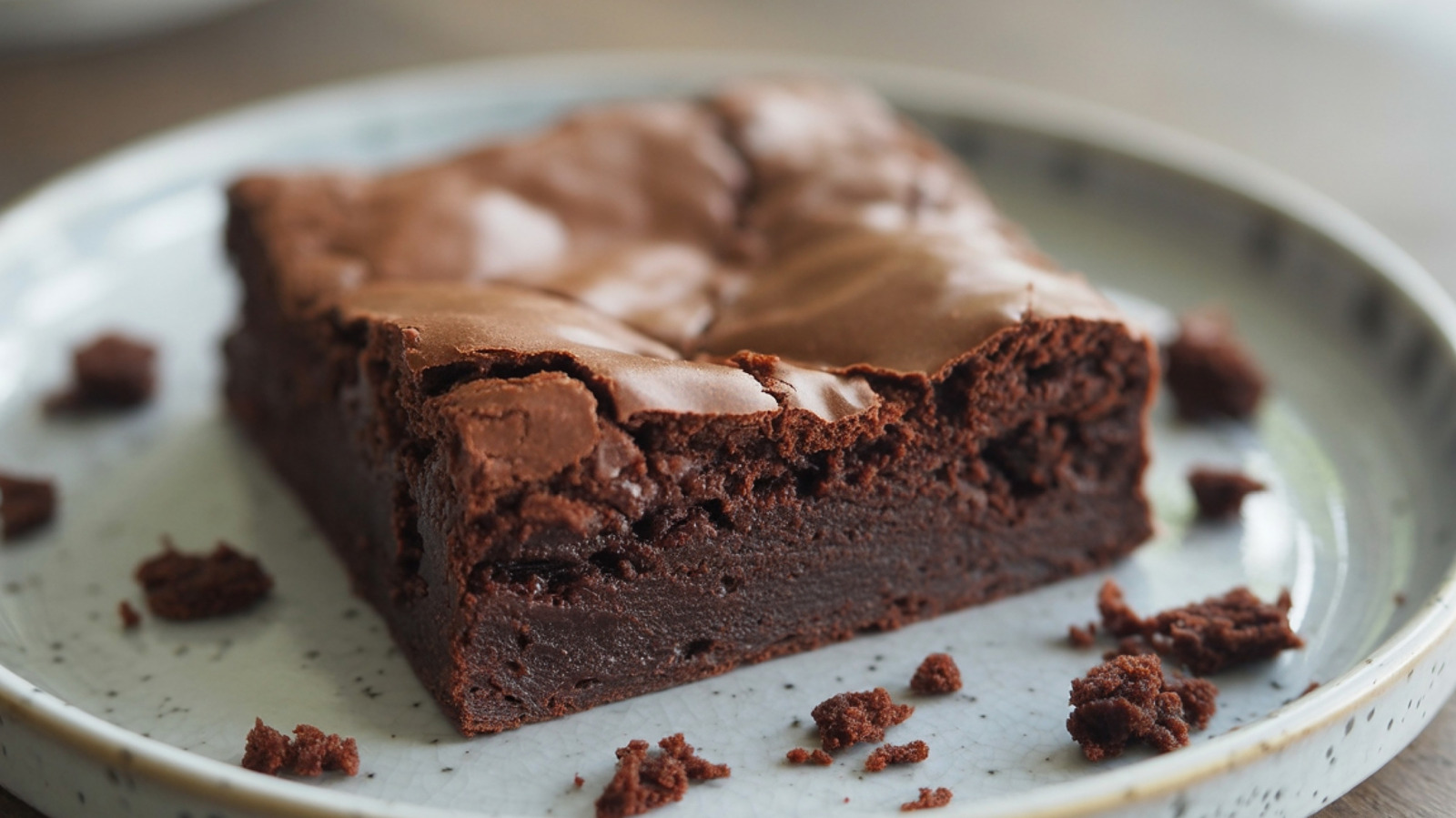
"You can usually tell what texture your brownies are going to have the second you take them out of the oven. If the middle is dark and still slightly sunken, the cut pieces will be gooey and rich. But if it's risen and dried out, you've got some cake on your hands. The cooking time plays a part, of course, but another reason for this textural difference is actually down to the ratio of ingredients in the batter."
"More flour and less fat make for a lighter, crumbier brownie, while you'll get a denser, moister result when you switch it around. A leavening agent, like baking powder, will also lead to a fluffier texture and higher rise, which results in a more cake-like finish. Some people prefer this, but if you want something more akin to the inside of an indulgent chocolate truffle, skip the leavening agent and use more fat instead."
Brownie texture is determined by baking time, ingredient ratios, and leavening. A dark, slightly sunken center produces gooey, rich brownies, while a risen, dried center yields cake-like results. Increasing flour and reducing fat creates a lighter, crumbly brownie; increasing fat and using chocolate fat yields a denser, moister brownie. Baking powder or other leavening produces more rise and a fluffier texture. Cocoa powder favors cakier chocolate flavor. Egg yolks add fat for gooeyness; egg whites add air for cakiness. For fudgy brownies, measure by weight, avoid packed cups, and stir only until just combined; for cakier brownies, cream butter and sugar to incorporate air.
Read at Tasting Table
Unable to calculate read time
Collection
[
|
...
]